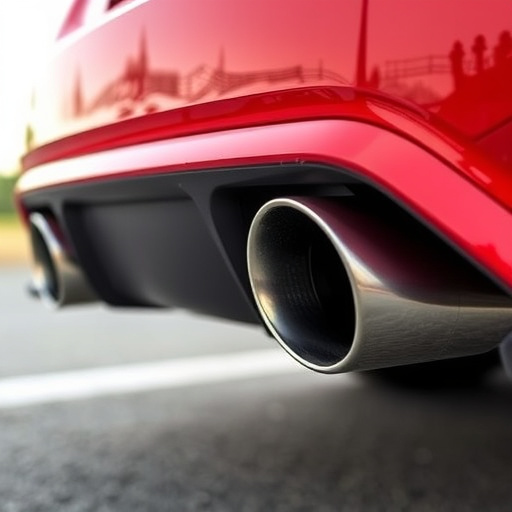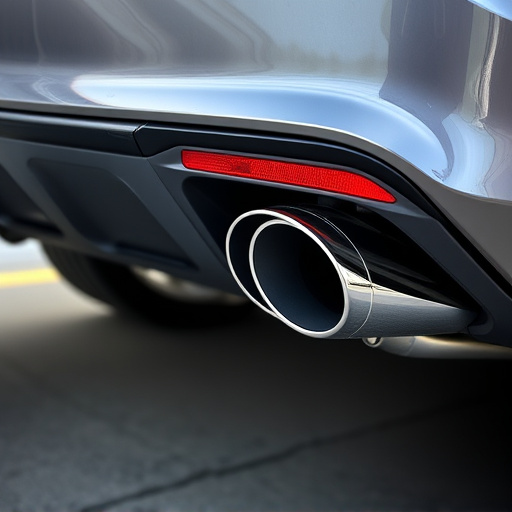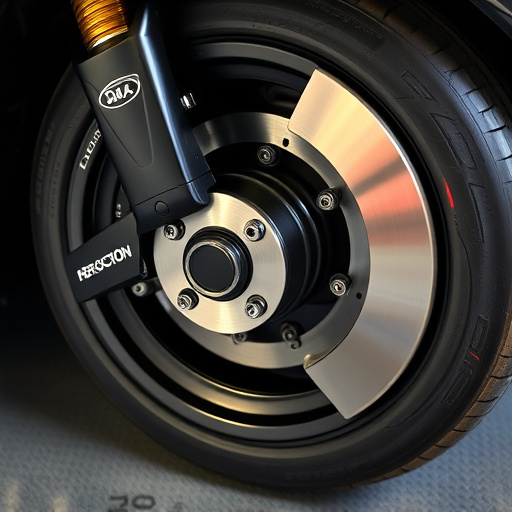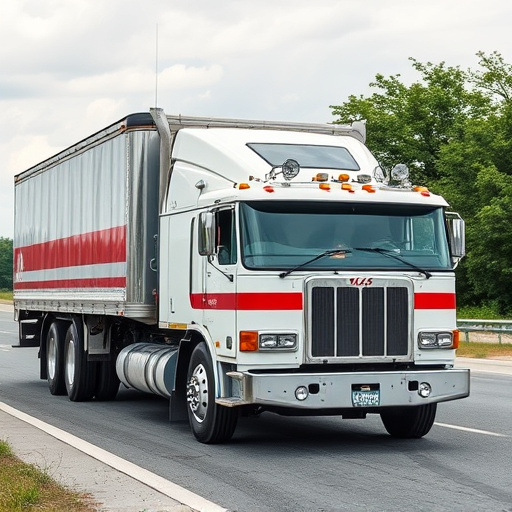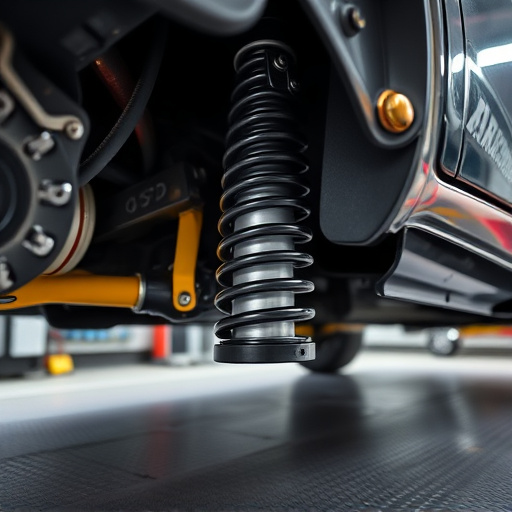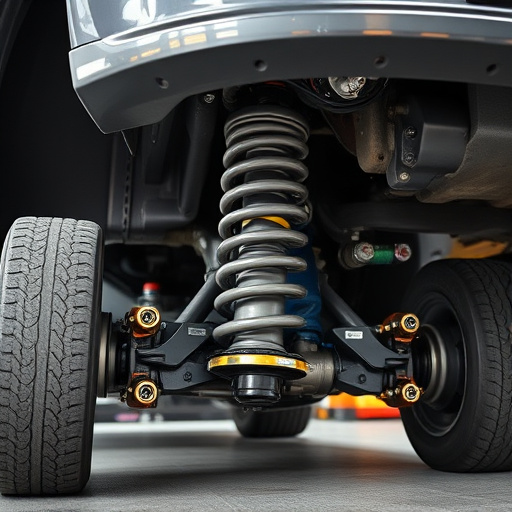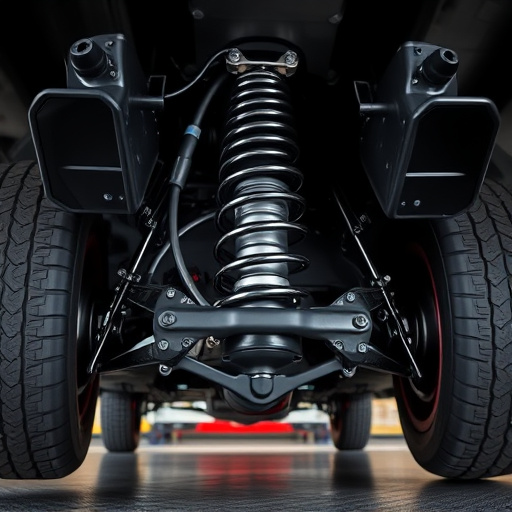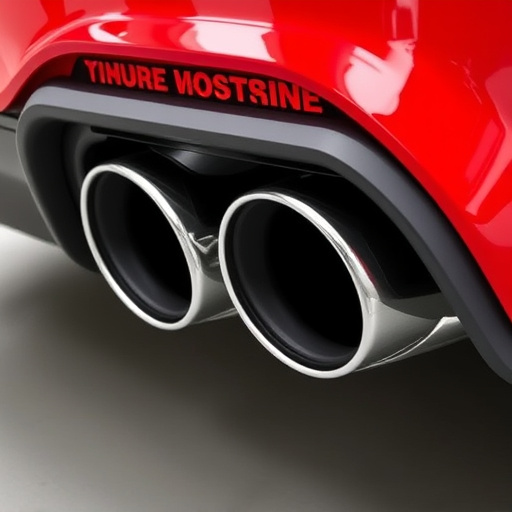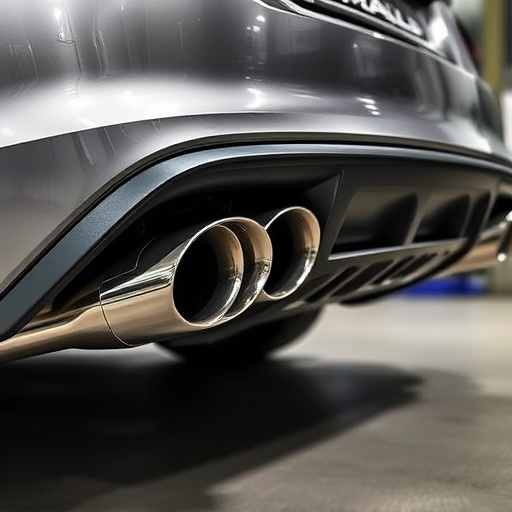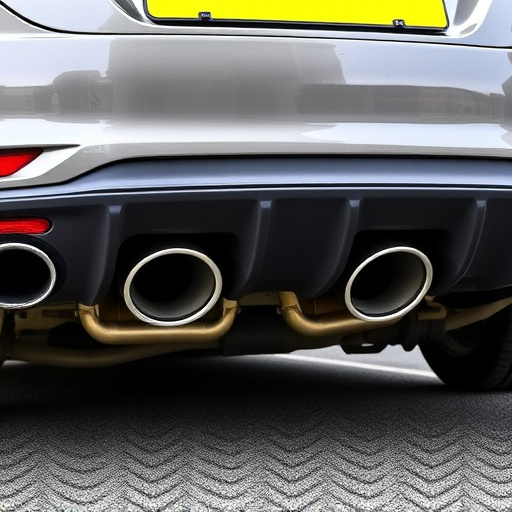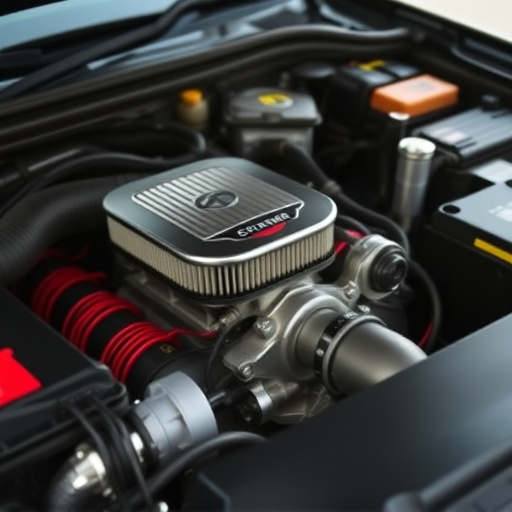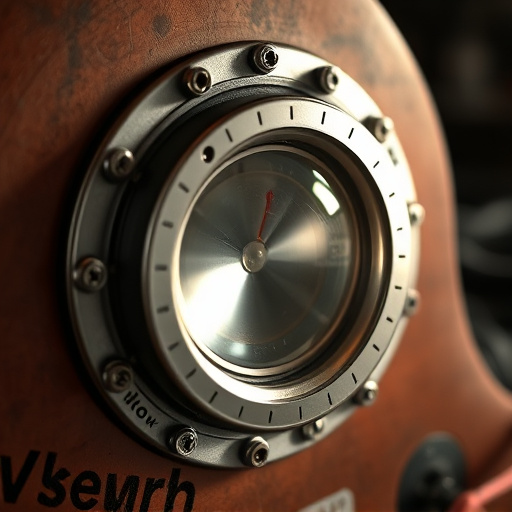Polyurethane bushings stand out for their superior performance and durability across diverse sectors, thanks to their rigid yet flexible molecular structure. They resist compression and deformation, minimize noise vibrations, enhance ride quality, and prolong service life compared to traditional rubber alternatives. Widely used in suspension kits, intake components, and exhaust systems, polyurethane bushings offer stability, precision, and longevity, making them a preferred choice for automotive manufacturers and enthusiasts, while also finding applications in machinery, robotics, and aerospace industries.
Polyurethane bushing technology offers unparalleled resistance against compression and deformation, making it a game-changer across various industries. This article delves into the unique properties and benefits of these innovative bushings, exploring factors that enhance their durability and performance. We examine how their design and material science contribute to superior strength, flexibility, and longevity in demanding applications. From automotive to heavy machinery, discover why polyurethane bushings are a reliable solution for precise motion control and efficient power transmission.
- Understanding Polyurethane Bushings: Properties and Benefits
- Factors Contributing to Compression and Deformation Resistance
- Applications and Advantages in Various Industries
Understanding Polyurethane Bushings: Properties and Benefits
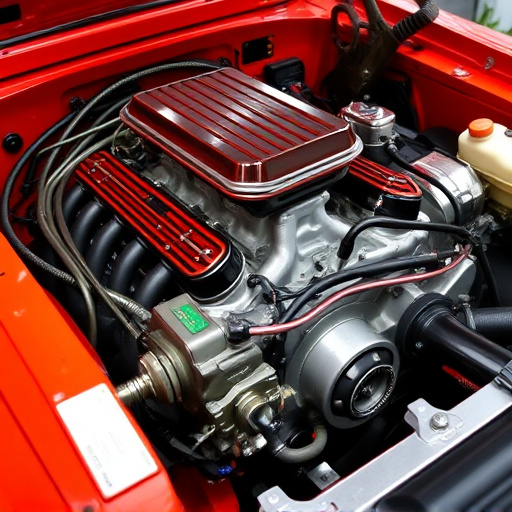
Polyurethane bushings are engineered to provide exceptional performance and durability in various automotive applications. These bushings are made from a highly versatile material that offers both rigidity and flexibility, making them resistant to compression and deformation. This unique property is especially beneficial for critical suspension components, ensuring they maintain their shape and integrity under extreme conditions.
The benefits of polyurethane bushings extend beyond their structural advantages. They also provide reduced noise vibrations, improved ride quality, and extended service life when compared to traditional rubber bushings. In intake components and suspension kits, these bushings act as a vital element in maintaining the overall performance and stability of vehicles, making them an indispensable choice for automotive manufacturers and enthusiasts alike.
Factors Contributing to Compression and Deformation Resistance
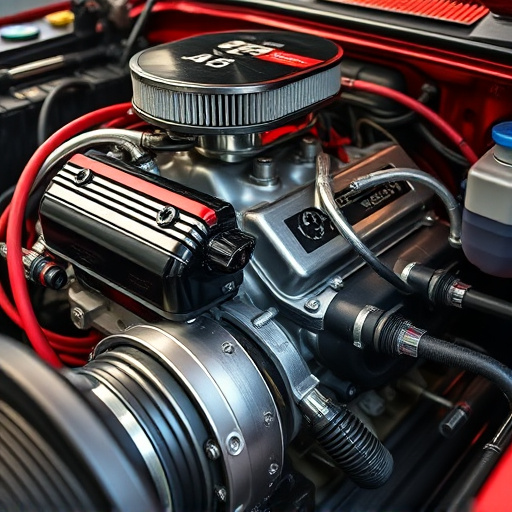
Polyurethane bushings are renowned for their exceptional resistance to compression and deformation due to several inherent factors. One key attribute is their rigid yet flexible nature; the unique molecular structure of polyurethane allows it to maintain its shape under significant pressure, resisting compression effectively. This resilience stems from the cross-linked polymer chains that provide structural integrity.
Additionally, the precision engineering involved in manufacturing these bushings ensures consistent dimensions and tight tolerances, further enhancing their ability to withstand deformation. When integrated into suspension kits or even as part of air filter kits or cat back exhaust systems, polyurethane bushings offer stability and durability, ensuring optimal performance and longevity. Their superior resistance to compression and deformation is a critical aspect that sets them apart from traditional bushing materials, making them a preferred choice in automotive applications demanding precision and reliability.
Applications and Advantages in Various Industries
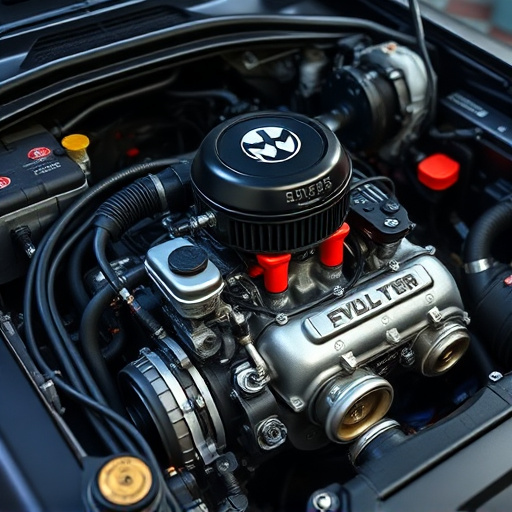
Polyurethane bushings, with their exceptional resistance to compression and deformation, find extensive applications across numerous industries. Their versatility allows them to be integrated into various mechanical systems where robustness and durability are paramount. In automotive sectors, these bushings are a key component in modern suspension systems, enhancing vehicle stability and ride quality. They are particularly useful in aftermarket modifications like cat back exhausts and coilover kits, ensuring optimal performance while maintaining safety standards.
Moreover, the industrial applications of polyurethane bushings span machinery, robotics, and even aerospace components. Their ability to withstand heavy loads without compromising integrity makes them ideal for high-stress environments. In contrast to traditional materials, polyurethane offers a lightweight alternative that reduces overall system weight, leading to improved fuel efficiency in vehicles or lower operational costs in industrial machinery—a significant advantage across diverse sectors.
Polyurethane bushings that resist compression and deformation are a game-changer across various industries. Their unique properties, including exceptional durability and flexibility, make them ideal for demanding applications where traditional bushings often fail. By understanding the factors contributing to their resistance and exploring diverse applications, businesses can harness the full potential of these innovative components, ensuring enhanced performance and longevity in machinery and vehicles.
